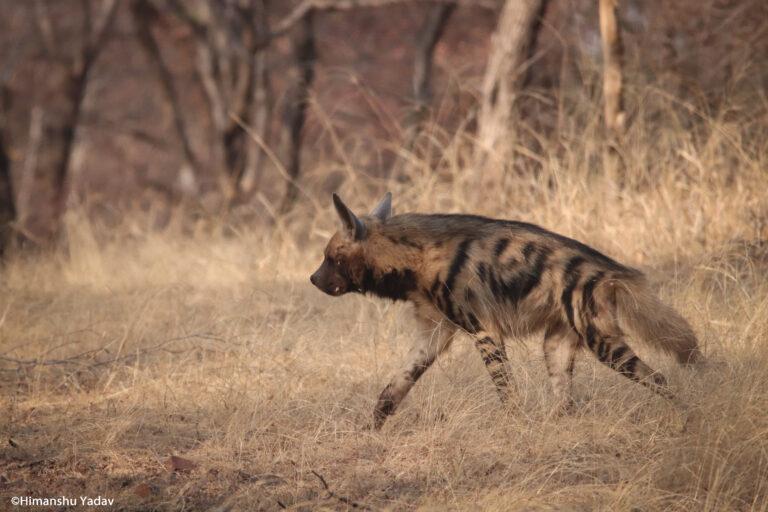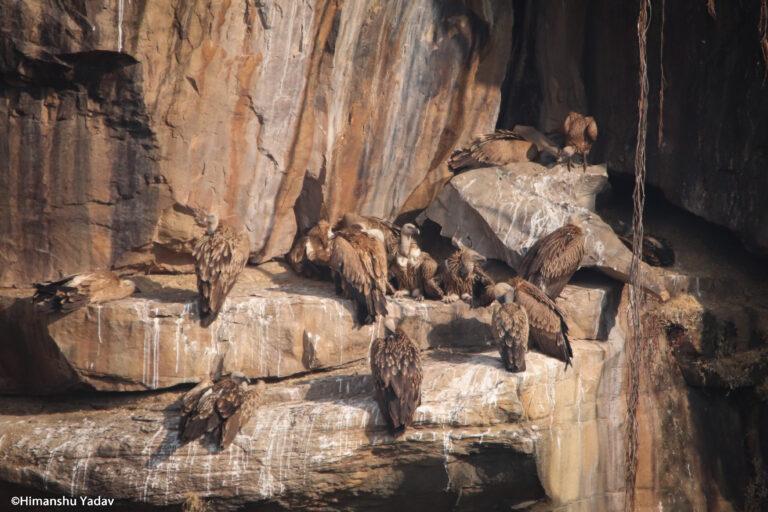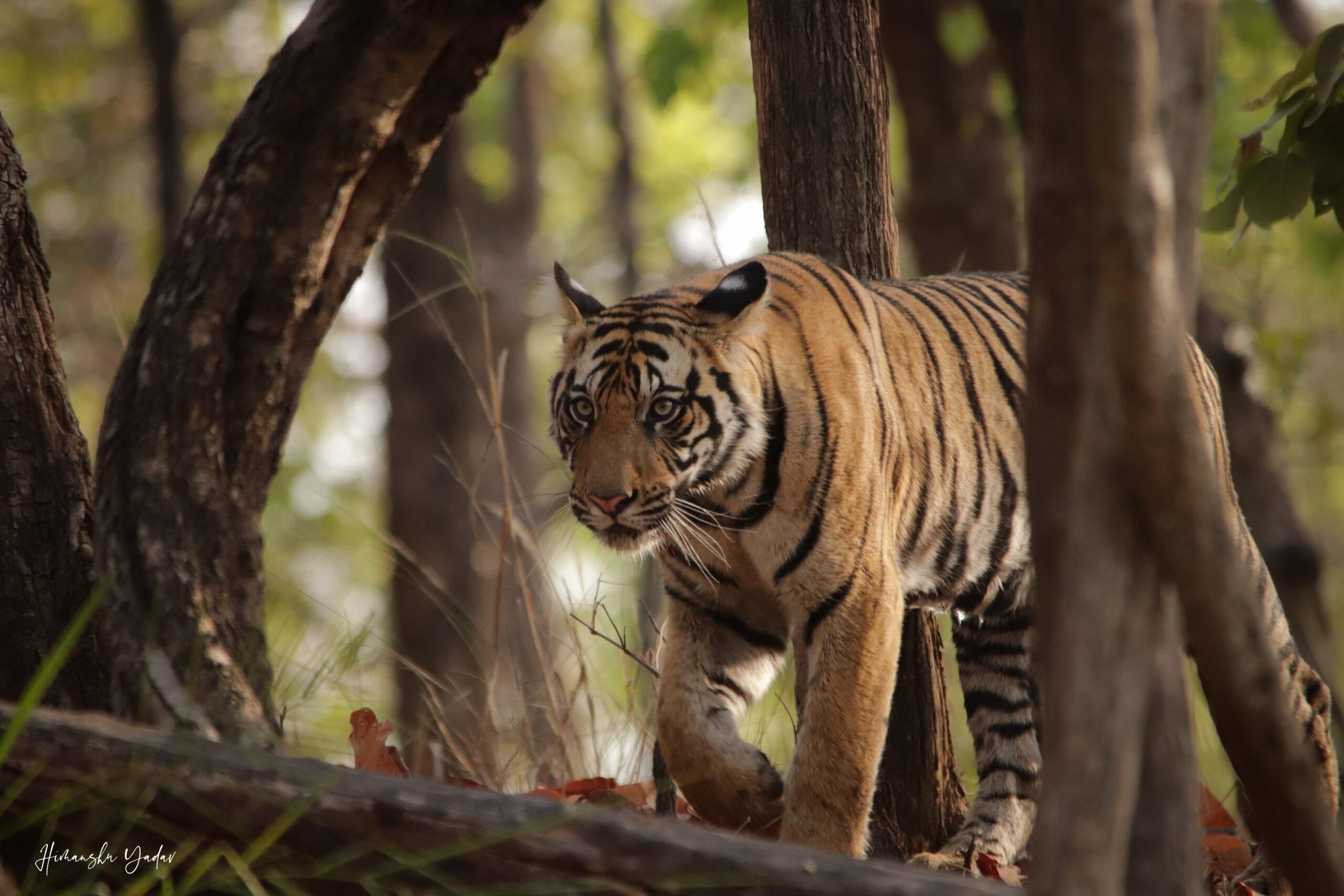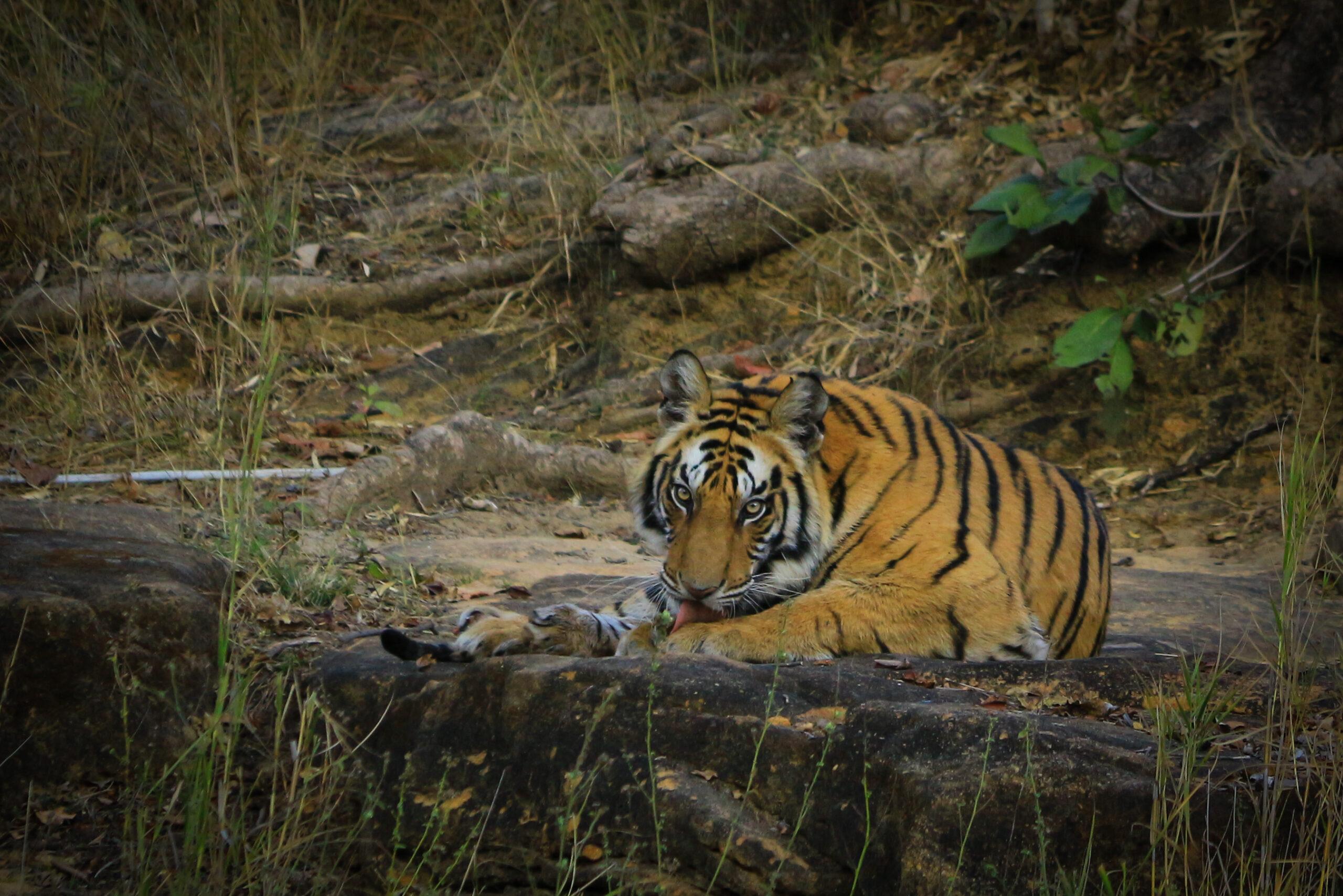Panna
NATIONAL PARK
About - Panna National Park
Panna Tiger Reserve is a critical tiger habitat with a story to tell. In 2009, it was confirmed by the Forest Department that the reserve had lost all of its tigers to poaching. This has led to the Department taking immediate action in initiating a dialogue with the community members in reducing dependency on the forests via resettlement outside of the reserve, creation of alternative means of livelihood, and weaning the younger generation away from hunting. Apart from working tirelessly with the community members, the Forest Department, in order to repopulate the reserve once again, reintroduced tigers from reserves like Pench, Kanha and Bandhavgarh.
Today with the help of NGOs on the ground and efforts of the Forest Department, the reserve, after plummeting down to 0 tigers, has now 60+ tigers. Apart from tigers, the reserve is also home to, Gharials, almost 300 species of birds (the gorges of Panna often some fantastic view points to photograph vultures from) and a diverse range of mammals. Apart from wildlife, the landscape of Panna is absolutely breath-taking owing to the vast grasslands, plateaus and gorges that are a photographers’ delight post monsoon. In 2020, UNESCO declared Panna a biosphere reserve. Panna has two tourist gates. Namely Hinouta and Mandla, both of which offer fantastic wildlife sightings.





Best Time To Visit Panna National Park
The best time to visit any tiger reserve is October – June. However, wildlife enthusiasts consider planning a trip during the summer months, as the wildlife can be seen frequenting water bodies, especially during the months of March- May. Wildlife relaxing by, or drinking water can offer a great chance at clear photographs, or ample time to observe them in a more leisurely fashion, thereby helping understand animal behaviour and ecology as well. However, if you want to enjoy the forests and are not particularly focussed on wildlife sightings alone, winter months of October – February are a great time to enjoy the landscape and bird life.
Geography
All tiger reserves have a core and buffer zone. While the core zone is reserved for the flora and fauna of the reserve to thrive devoid of human interference or habitation, the buffer consists of villages, human habitation and activities of agriculture etc.
- Total Area of the Park : 1645 sq. kms.
- Core Area : 542.60 sq. kms.
- Buffer Area : 1006 sq. kms.
- Average Rainfall : 1100 mm
- Weather : Temperatures can range from: 2 degrees in winter to 45 degrees in summer
- Forest type: Broad leaf dry deciduous forests (Predominantly a Teak Forest)
How To Reach panna national park

Train
Clothing
Clothing: Packing for a forest tour is usually easier than packing for a city do. Carry light cotton pants and t-shirts / shirts for summers, and pad up in multiple jackets/ sweaters gloves, socks and ear muffs during winters. Avoid flashy colours, perfumes, scented moisturisers or anything that stands out against the serene landscape and try to blend in as much as possible for a fantastic experience.
Related Safari Tours
We'd love to hear from you
Contact US
Get your custom tour planned with our experts !
Reach us through
- Block No.1 Agrawal Compound Rampur Chapper Jabalpur, M.P. India 482008
- +91 8770814668/ 8602391229
- info@tigersafariexpedition.com
Social Networks
- Tiger Safari Expedition
- @tigersafariexpedition
- tiger_safari_expedition





